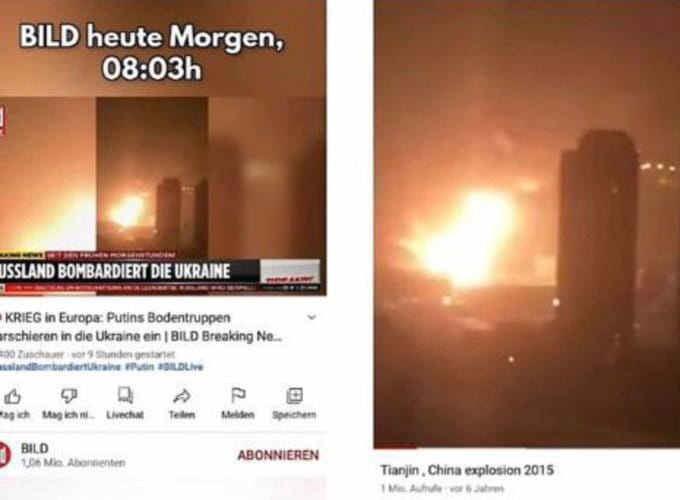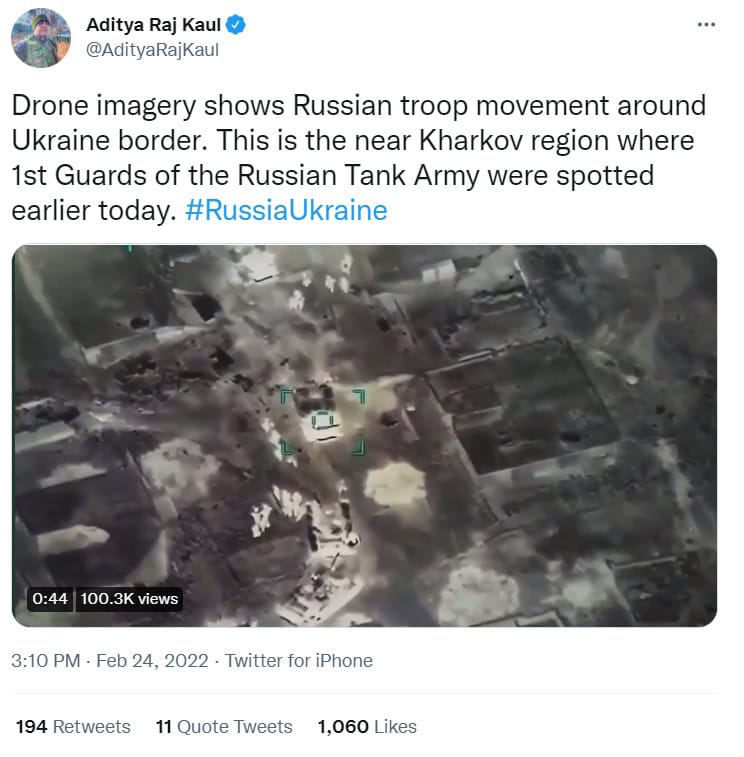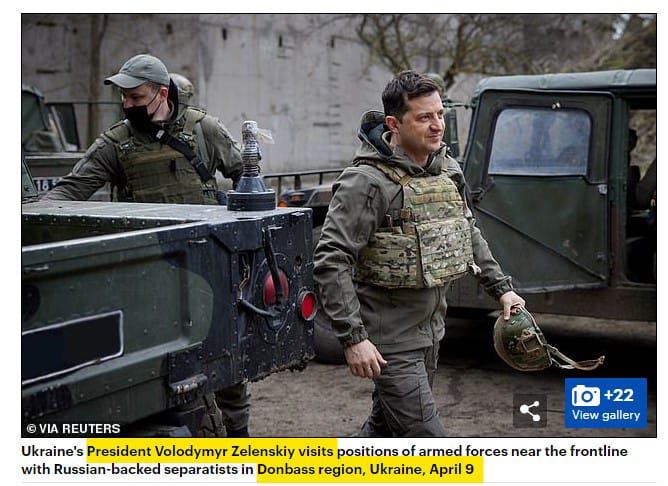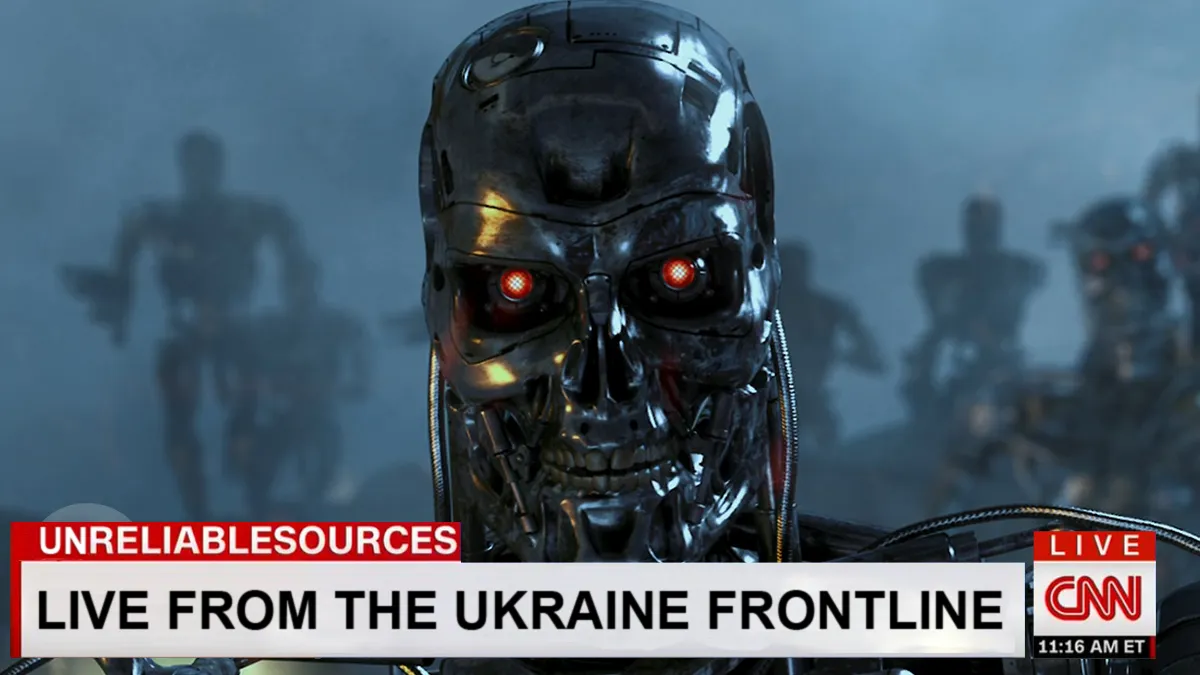The EU has announced that it will ban the Russian news channels RT and Sputnik. This is because, they say, the channels are spouting pro-Kremlin propaganda. Which is without a doubt true.
So, now all EU citizens will be able to rely on is pro-EU and Washington propaganda.
(That’s assuming, of course, that EU citizens are yet to be introduced to the magic of VPNs.)
Apparently, it was with a straight face that Ursula von der Leyen said that the EU is trying to ban “toxic and harmful disinformation in Europe”. I guess that’s it for CNN, the Guardian, Huffington Post…
Already, in just the first few days of fighting, the propaganda machines are whirling at full tilt, churning out plenty of disinformation and outright fake news. Here’s a few of the more famous examples:
The Ghost of Kiev: everyone wants to take David’s side in a battle with Goliath, and the media just love a story about a plucky, lone David taking on the armoured might of Goliath. This story was just tailor-made for the narrative.
According to the media, picking up on rumours running wild on social media, a single Ukrainian pilot had downed anywhere from six to ten Russian jets in just two days. Except that there’s no evidence that this is at all true.
“The ‘Ghost of Kyiv’ is very likely not real, but instead an imaginary hero designed to bolster Ukrainians’ morale,” conceded Newsweek. That didn’t stop Ukrainian armed forces sharing a video allegedly showing the “Ghost’s” MiG-29 taking down a Russian fighter jet in a dogfight. The only problem was that the clip had actually been created using a flight simulator game. (In fairness, the YouTube poster explicitly stated this, but over-excited propagandists chose to ignore that.)
Nonetheless, the “Ghost of Kiev” already has his own Wikipedia page.
Similarly, the stirring tale of the Snake Island 13 makes for a great propaganda — if it were true. According to news sources, “Ukraine has honoured 13 soldiers who were killed defending a tiny island after reportedly swearing at a Russian ship that ordered them to surrender”. The Ukrainian president personally confirmed the tale: “Volodymyr Zelenskiy, announced he would posthumously award all the soldiers the Hero of Ukraine award. “All border guards died heroically but did not give up,” Zelenskiy said”.
But days later, official Ukrainian sources quietly retracted the story: the men in fact surrendered and are apparently being held alive by Russia.
Other photos, purporting to show a plucky little Ukrainian girl berating Russian soldiers, are actually a notorious Palestinian activist confronting Israeli troops in 2018. Heart-rending photos and videos of Ukrainian citizens being evacuated in the face of the Russian onslaught are actually photos of civilians being evacuated from Donbass in the Ukraine to Russia, a week earlier.
As is common at such times, old footage of unrelated events which look suitably exciting are being recycled as “news from the front line!”
There’s the “Russian planes flying over Kiev” — which are actually Russian planes flying over Moscow, two years ago.
Another viral video purports to show the Luhansk power station exploding after being hit by Russian missiles. The video not only got hundreds of thousands of views on social media, but was picked up by major news networks like Bild.

In fact, it’s an explosion at a chemical plant in Tianjin, in 2015.
There’s also been footage from Syria being passed off by Ukrainian officials as supposedly showing the destruction of a Russian vehicle column.

But perhaps the biggest propaganda effort has been the makeover of Ukrainian president Vlodomyr Zelensky. Much like Ukraine itself, Zelensky has been catapulted from obscurity to War Hero of the World in just a week. Hundreds of social media posts purport to show him, in combat gear, visiting troops on the front line.
Except, they’re nearly a year old.

The propaganda war is not at all one-sided, of course. The Donetsk Peoples Republic released a video claiming to show a man whose leg had been blown off by Ukrainian artillery. The only problem is that the man’s prosthetic leg was clearly visible. Another video released by the DPR allegedly showed Polish saboteurs planning to blow up a tank. But the audio was dubbed from a 2010 YouTube video.
Somewhat ironically, though, Christo Grozev, the executive director of media website Bellingcat, which exposed the pro-Russian fakes, pontificated: ‘If you’re wondering if [the] Kremlin’s poorly executed war propaganda works on its domestic audience: sadly, it does”.
The beam in our own eyes, my friend.
All in all, the wise old adage of H. L. Mencken’s still holds true: “Never believe anything you hear, and only half of what you see.”







